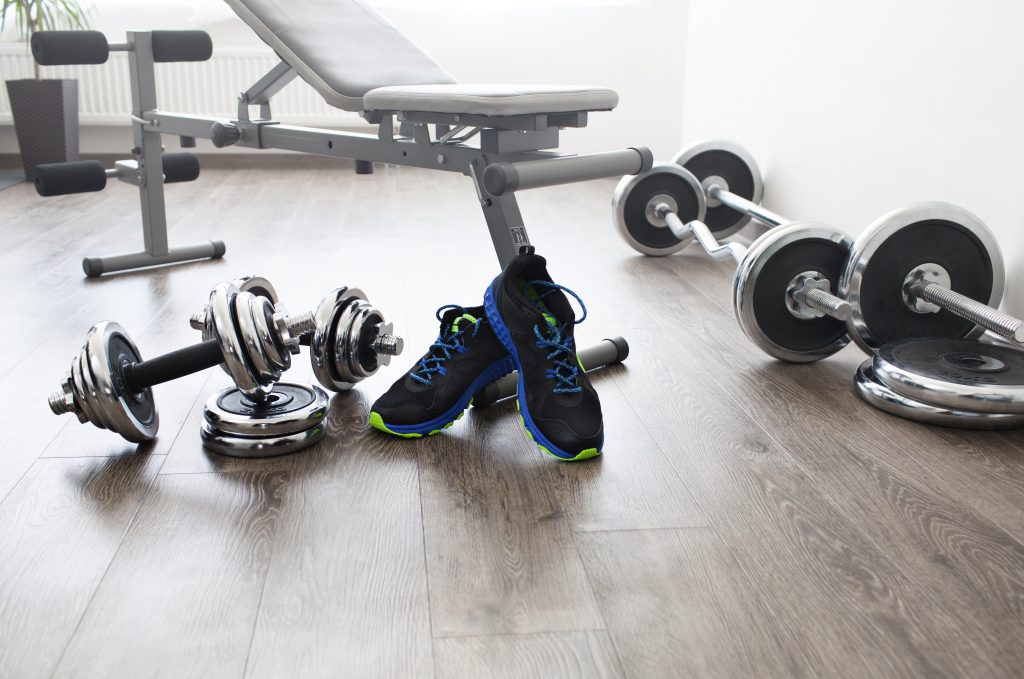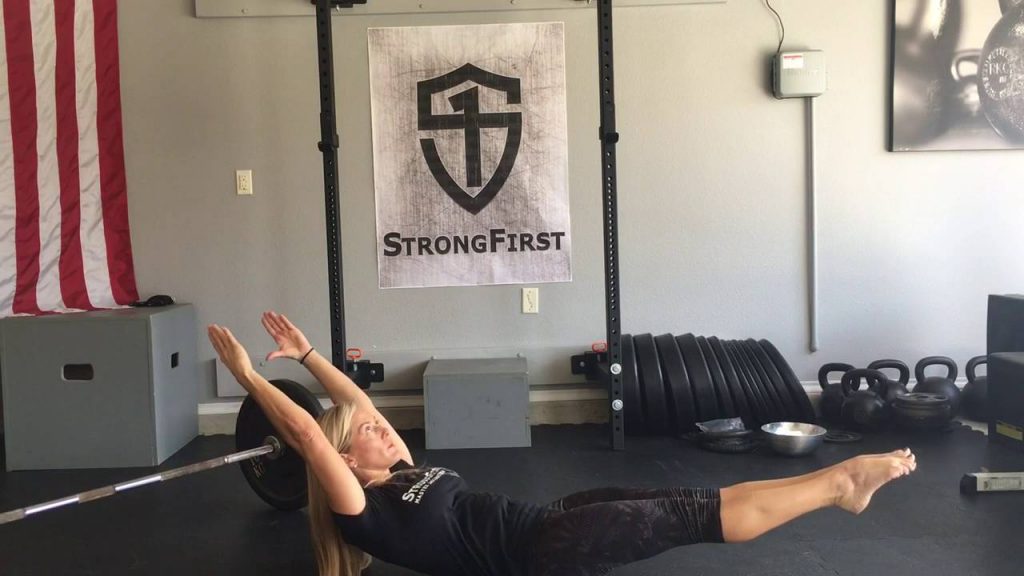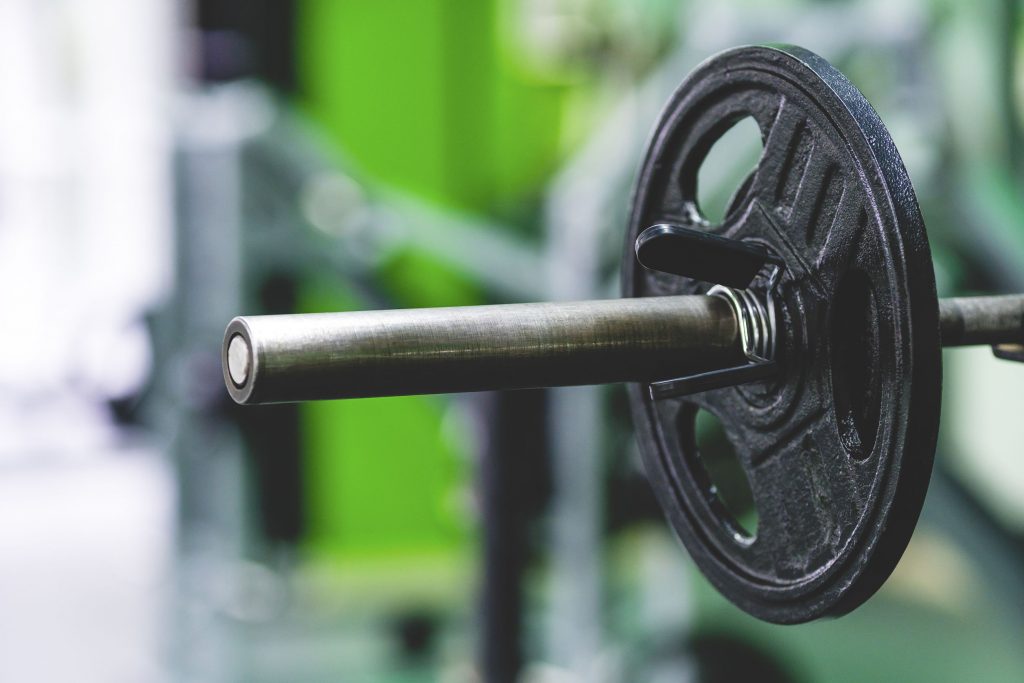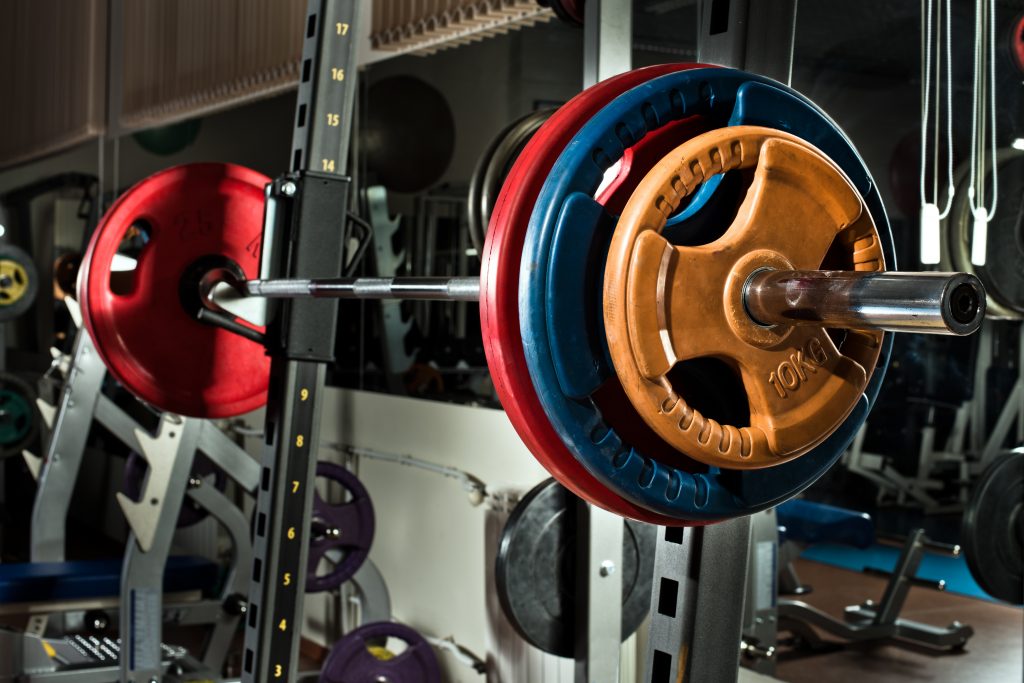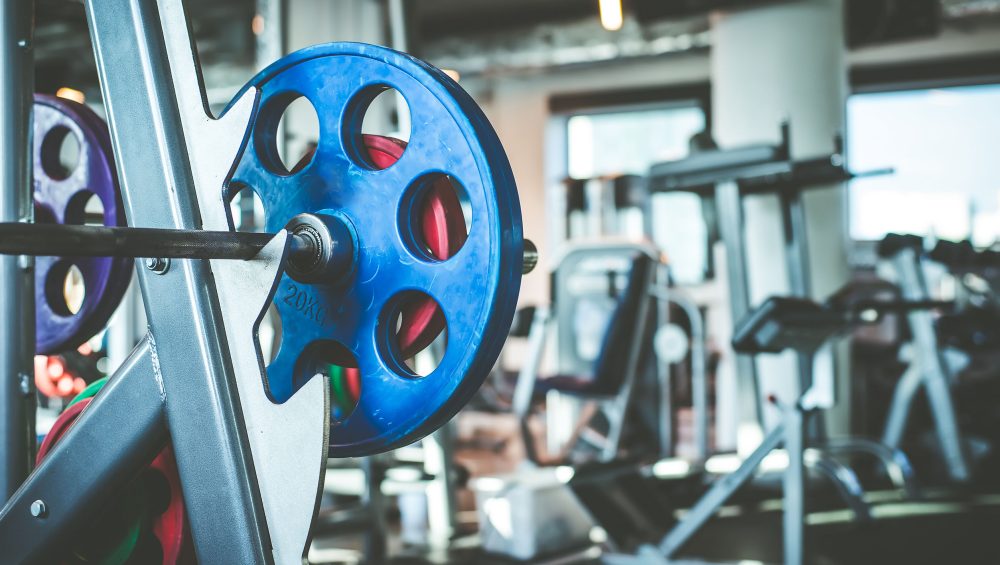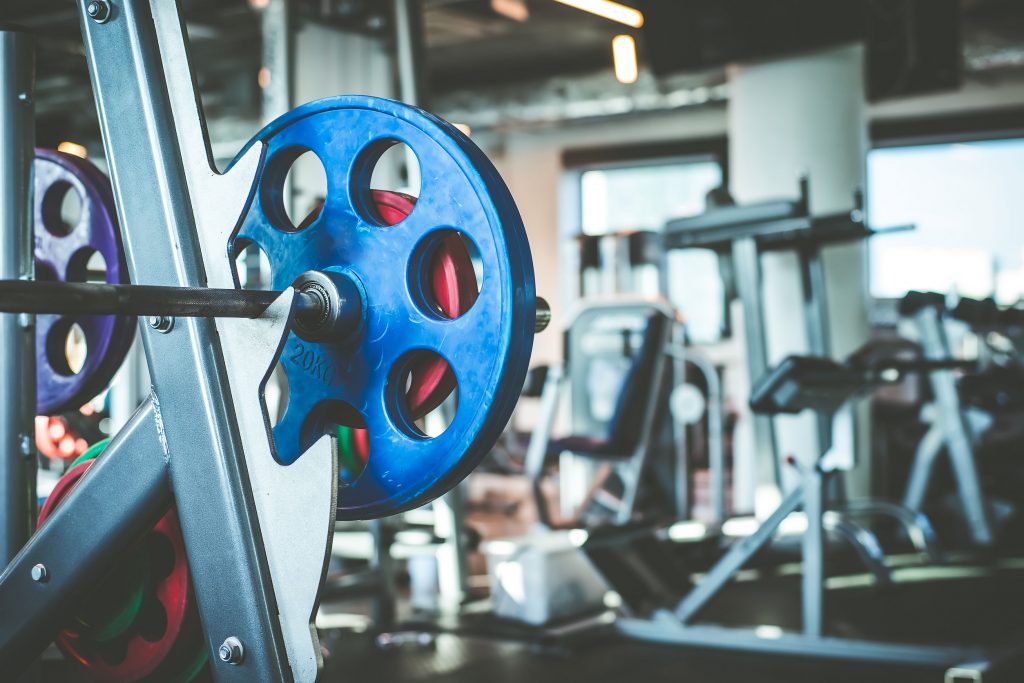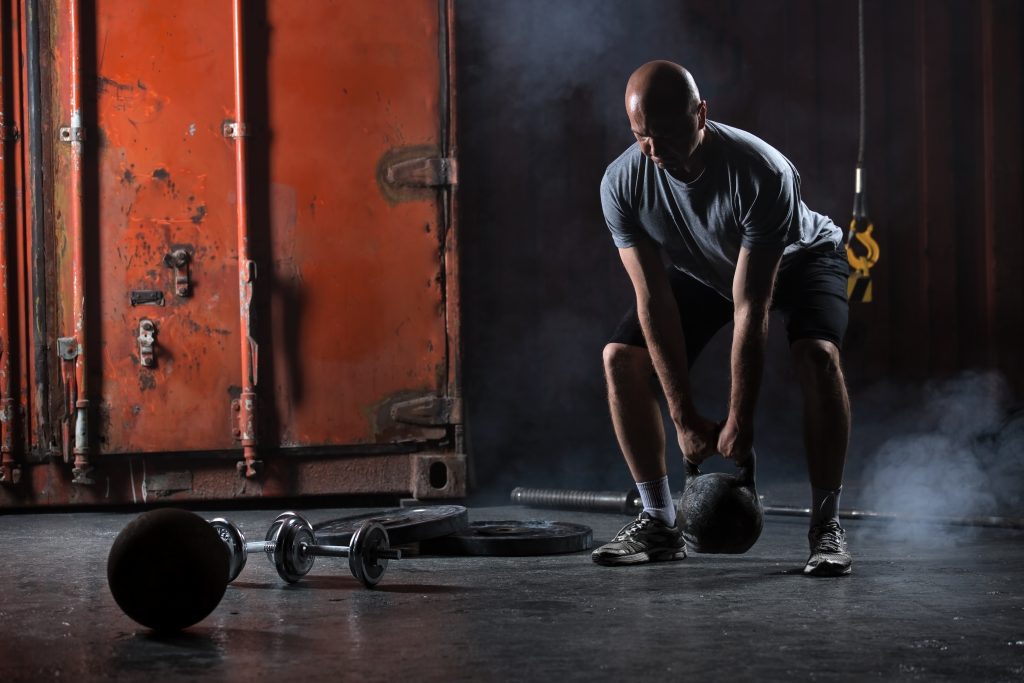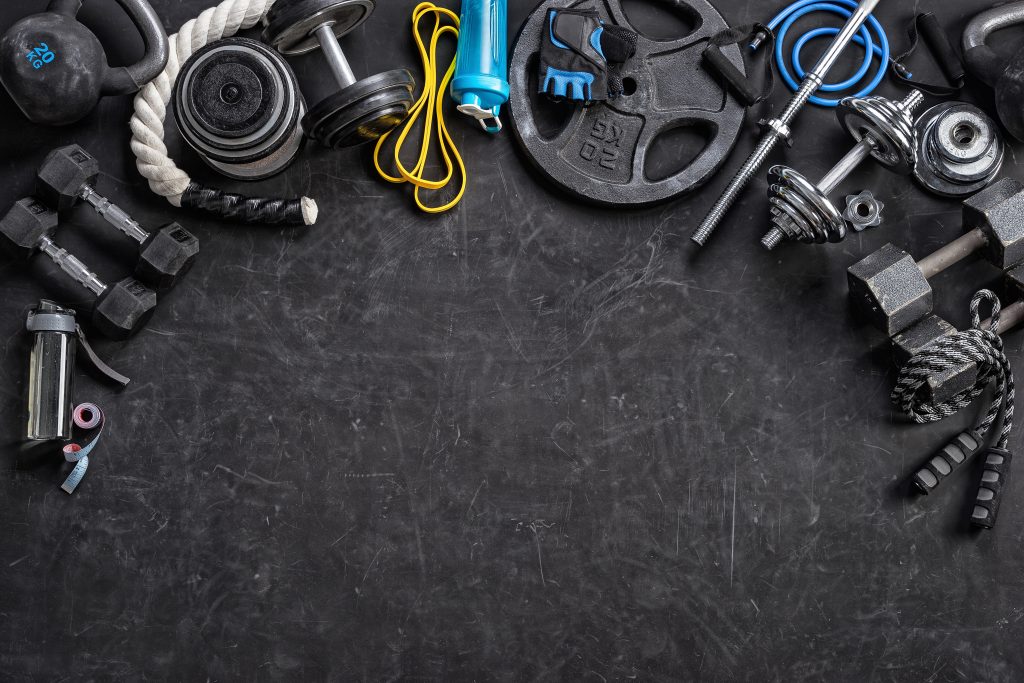
Exercises You Should Be Doing: Wall Press Rotation
When it comes to dealing with hip shenanigans[footnote]In other words: when your hip feels sticky or you have a case of “my hip fucking hurts.”[/footnote] I think we’ve done a pretty solid job as an industry at prioritizing OPEN chain exercises.
For those not in the know, open-chain exercises are where…
“…the segment furthest away from the body – known as the distal aspect, usually the hand or foot – is free and not fixed to an object.”
This would make a lot sense given the hip joint – which is a ball and socket joint – is an area designed to be mobile. I don’t need to belabor the point here as there’s an abyss of exercises & drills to choose from.
HERE‘s an example.
But you can also peruse Instagram and it won’t take long before you find someone contorting themselves like a pretzel in the name of likes and five seconds of fame.
Which leads to a not-so-obvious digression.
Lately, after having listened to and corresponded with a few of my colleagues, I’m beginning to realize that open-chain exercises are just HALF the answer.
Closed-chain drills need some love too.
Wall Press Rotation
Who Did I Steal It From? – A rockstar (metaphorically speaking): Katie St. Claire. You should give her a follow. She’s legit.
What Does It Do? –
1️⃣ This drill works on pelvic range of motion, but as the preface implies…in a closed chain fashion. The advantage here is that it emphasizes acetabulum motion over a fixed femur.
It feels amazing and serves as a nice drill to implement before some squats or deadlifts.
2️⃣ Too, and as Katie has pointed out, this drill also hammers home foot mechanics. As I flex into hip internal rotation I drive more foot pronation. Conversely, as I extend into hip external rotation I drive more foot supination.
A splendid drill that marries together hip-foot mechanics.
Key Coaching Cues – I’m holding onto an EZ-curl bar, but anything similar – PVC pipe, light barbell, Nimbus 2000 – will do. Be sure to press the rear foot into the wall. You’ll then flex/rotate into hip IR on the standing leg while also accentuating a full exhale.
Exhale into the stretch.
Reverse your action, rotating back/extending as you inhale.
Easy as that.
And, bonus points if you include a bicep curl.
Kidding.
But not really.
Okay, kidding.[footnote]No I’m not.[/footnote]

